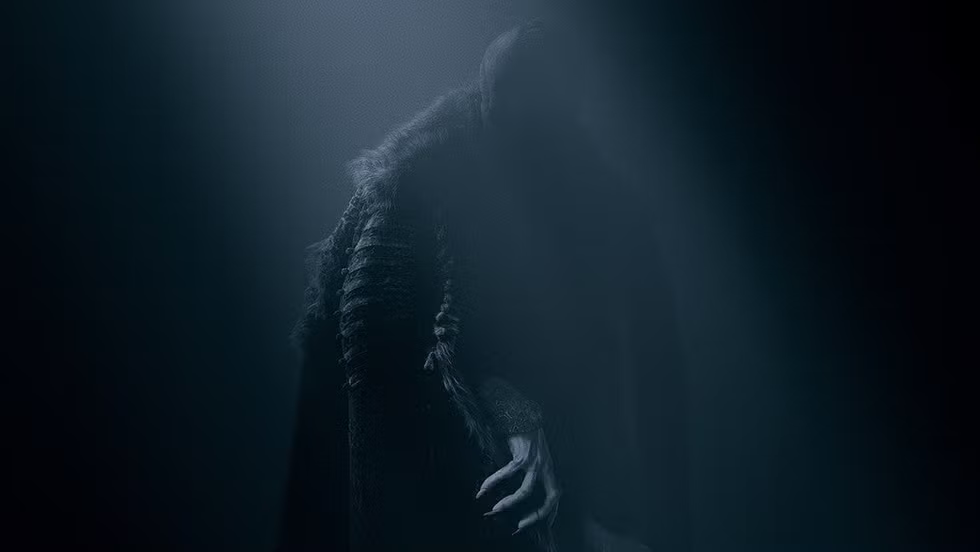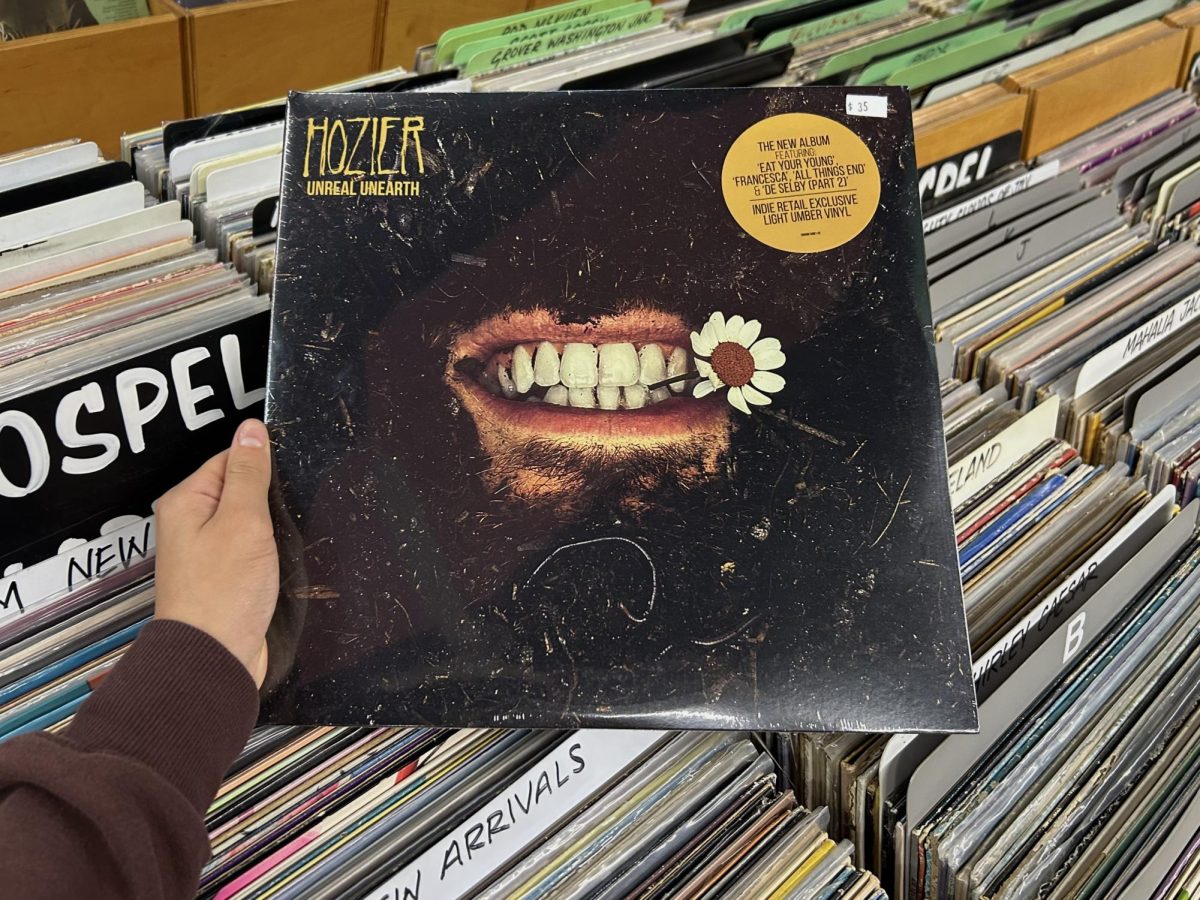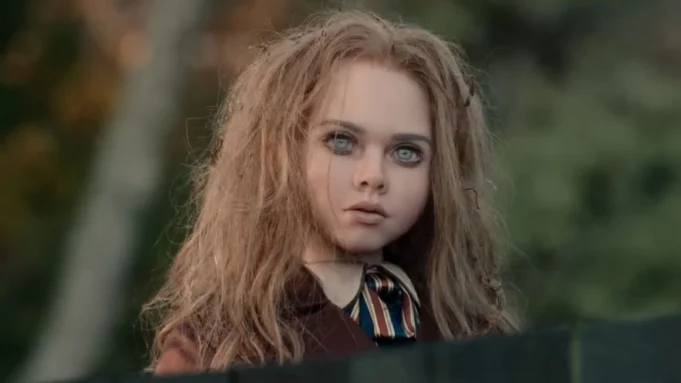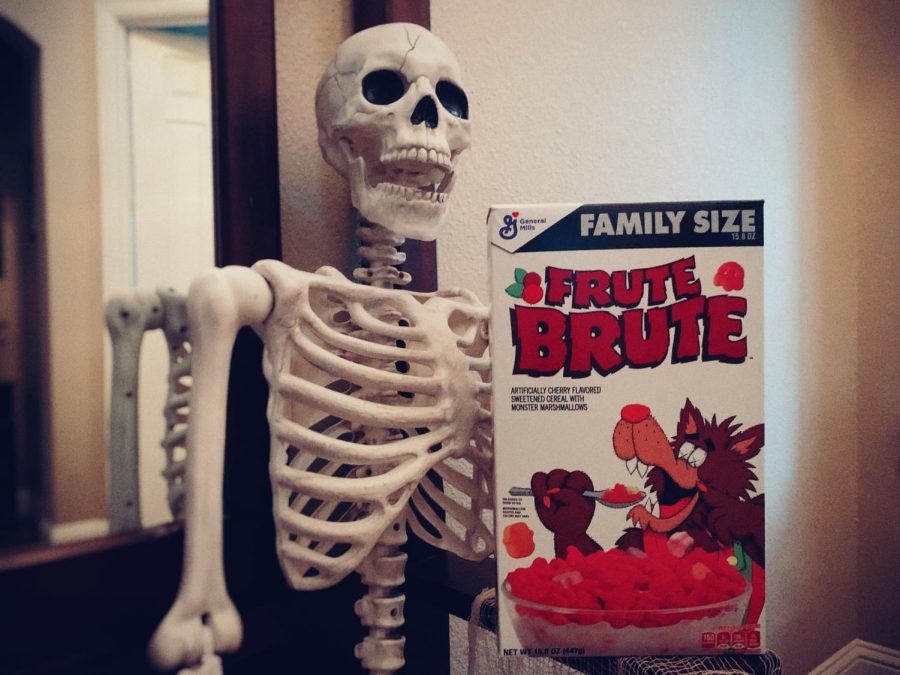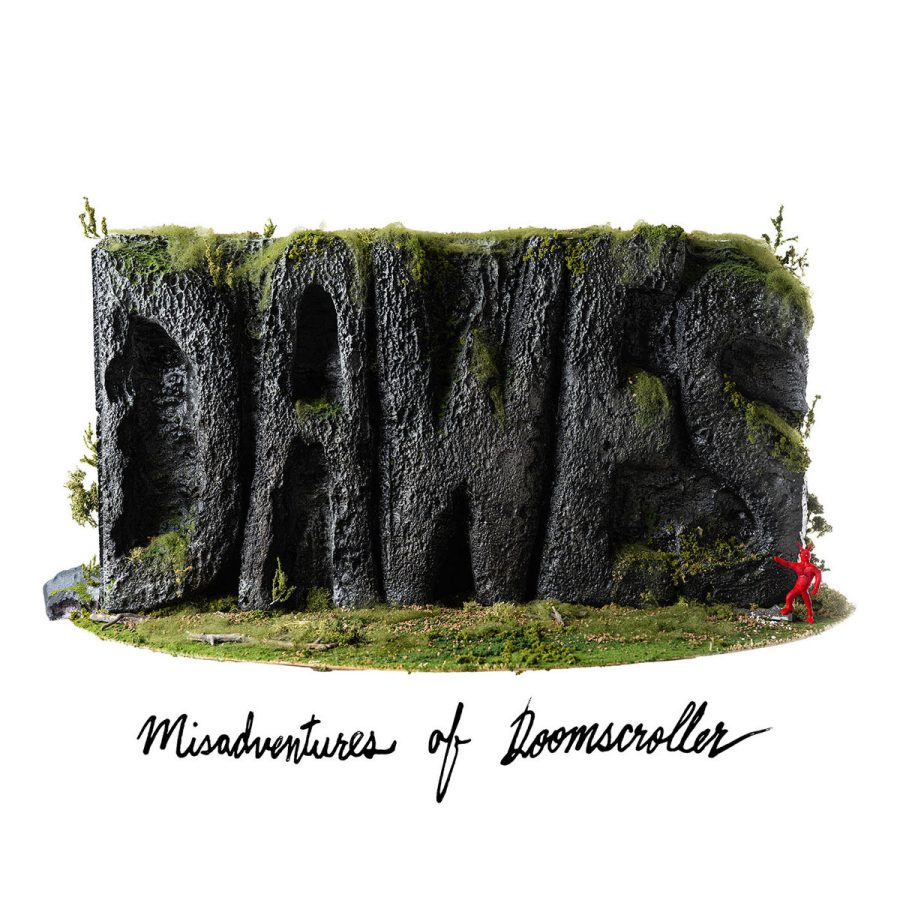Sunken eyes, sparkly six packs, and a blue-glazed camera quality. Like most girls in my generation, my understanding of vampires derived chiefly from the Twilight series; a steamy romance characterized by brooding teenagers and a killer soundtrack. While films may vary in their characterizations of the Transylvanian monster, the vampire’s intrinsic motivation remains the same: a thirst for blood and a desire for love.
Directed by Robert Eggers, Nosferatu (2024), a stunning retelling of the 1932 classic vampire film, shatters our contemporary idea of vampires and compels the viewer to confront their perception of devotion. The movie follows Ellen Hutter, played by Lily-Rose Depp, a recently married German woman who is sought out by the miserable Count Orlok, played by Bill Skarsgård, a vampire she mistakenly awoke from his century long slumber. Haunted by his spirit, Ellen inadvertently draws the decrepit vampire to her town in Germany, sparking a plague that ravages its population.
Although the film flows at a relatively slow pace, Eggers use of sound and prosthetics had me at the edge of my seat the entire 192 minutes. Nosferatu boasts an excessively eerie soundtrack that arranges Bill Skarsgård’s deep, mournful growls into the bass behind most of the background music. This allows for Count Orlok to feel ever-present; his voice becomes the undercurrent of the movie, a constant reminder of his lurking intentions. This auditory addition mirrors how Ellen feels his presence constantly, even when he is offscreen. His lingering groans contributed heavily to the movie’s suspenseful quality, forcing me to be aware of Count Orlock at all times.
In addition to Orlok’s atmospheric presence, his physical presence was extremely imposing, with his large frame constantly followed by a shadow. I particularly loved Egger’s brilliant choice to never reveal Count Orlok’s face to the public, using only shadowy images of his character in the movie’s marketing. This sparked my curiosity and heightened my dread for Nosferatu, drawn in by the mystery of his face. To complete this immersive world, Eggers uses elaborate prosthetics instead of CGI, allowing for Count Orlok to look and feel like a tangible being.
While the movie’s atmosphere is sure to become iconic, the film’s thematic storytelling was just as enticing. I loved how count Orlok’s dark presence in Ellen is displayed by extreme body convulsions, causing her to lash out, screaming, eyes rolling back, drooling, with violent twitches. These horrific fits become increasingly unnerving to me and to the characters around her, watching as a seemingly normal leading lady descends into darkness. Lily Rose Depp commented that Ellen’s possession scenes were intricately choreographed and based on Japanese Budoh, a soulful, graphic performance art. The external manifestation of her internal pain led me to better appreciate her character progression as she submits to the darkness and loses herself to Count Orlok. The doctor’s dismissal of her horrific seizures as female hysteria helped me understand that Ellen is a symbol of female repression.
If Ellen is a symbol of repressed desire, Orlok is a physical manifestation of her wildness and unrestrained dark passion. I particularly loved that Ellen isn’t a classic damsel in distress to Count Orlok, like in previous iterations of the character, but rather an independent woman finding agency in a time where she is heavily restrained by society. While Ellen is horrified by Orlok, she also can’t stop herself from yearning for him, making the story all the more enticing and disturbing.
Although the run time of the movie felt excessive at times, I loved Nosferatu. Eggers’ world building ability and his talent for suspenseful storytelling truly allowed this film to deviate from the typical horror movie and become a transportative experience. I would recommend this movie to anyone who’s okay with full frontal vampire nudity.

